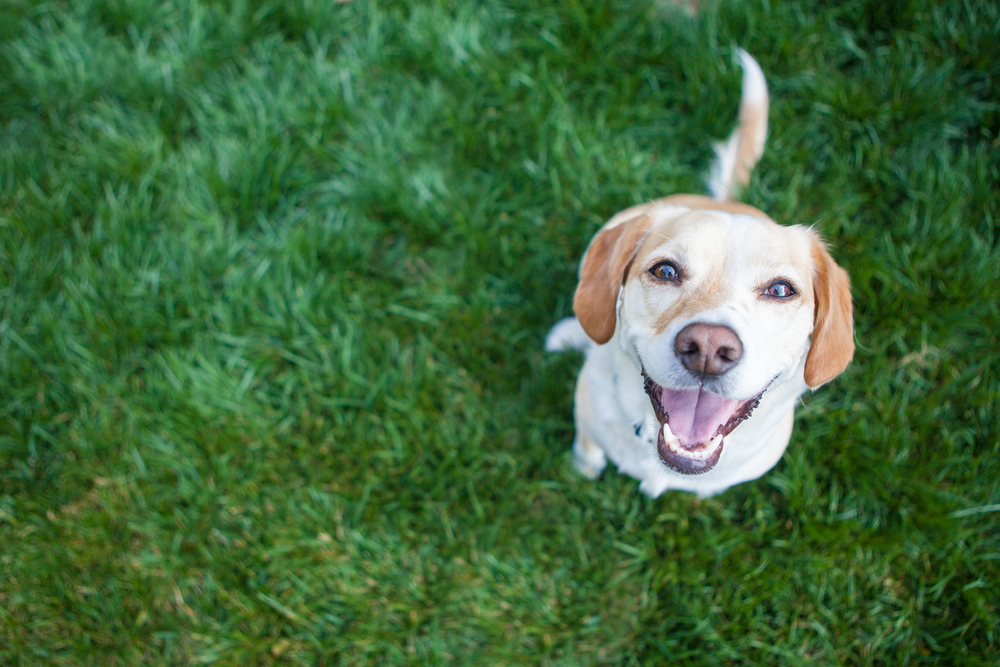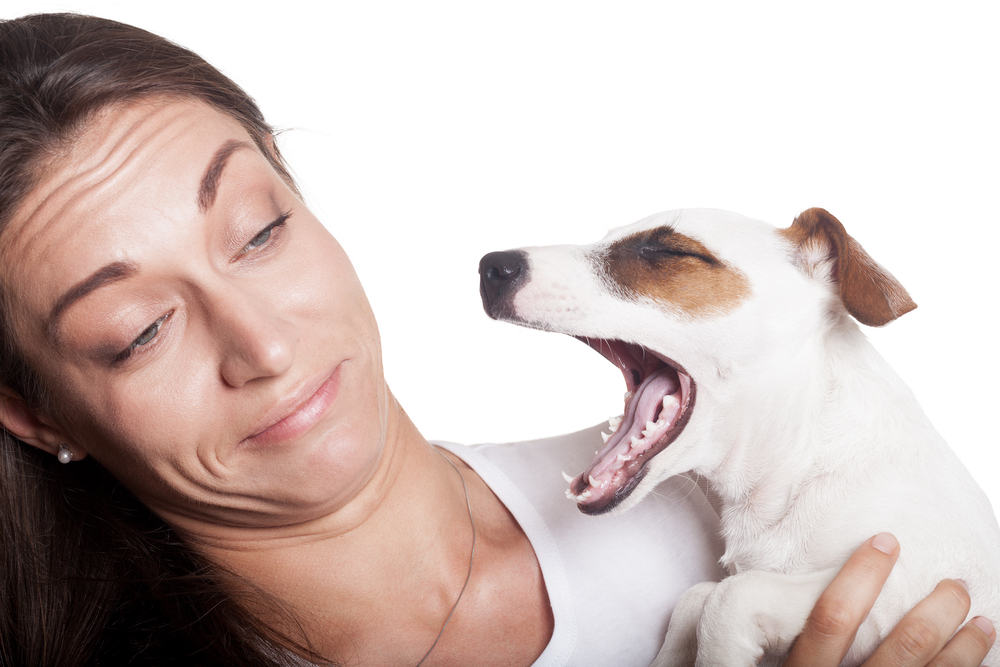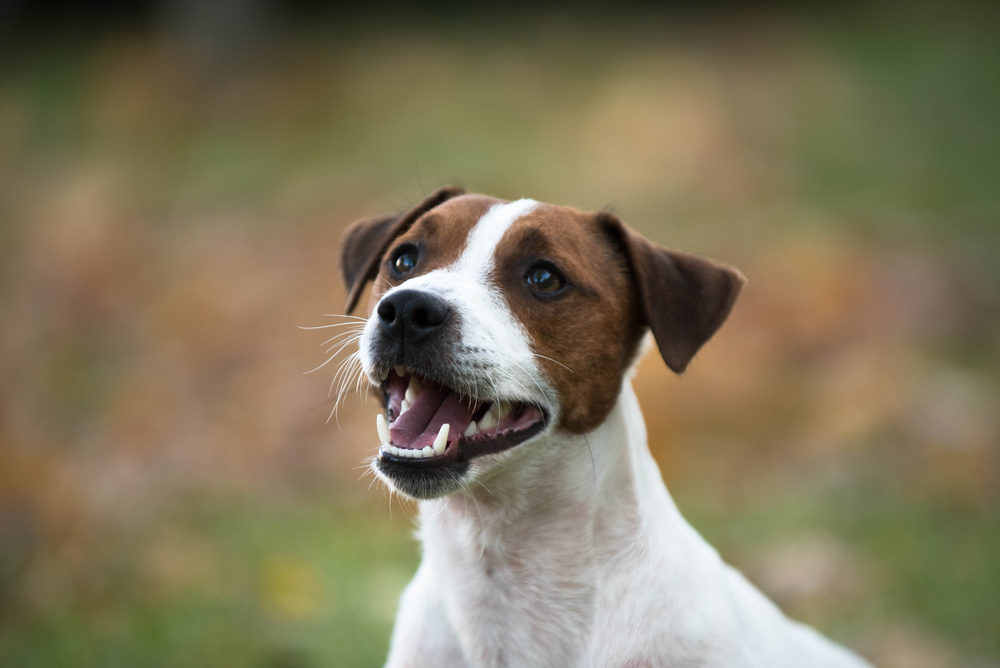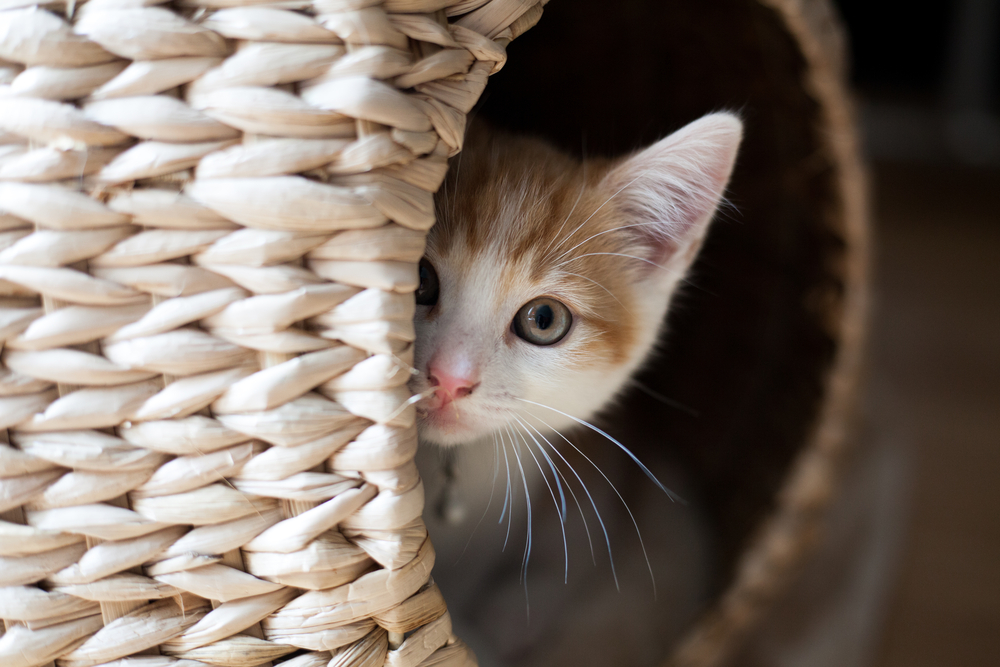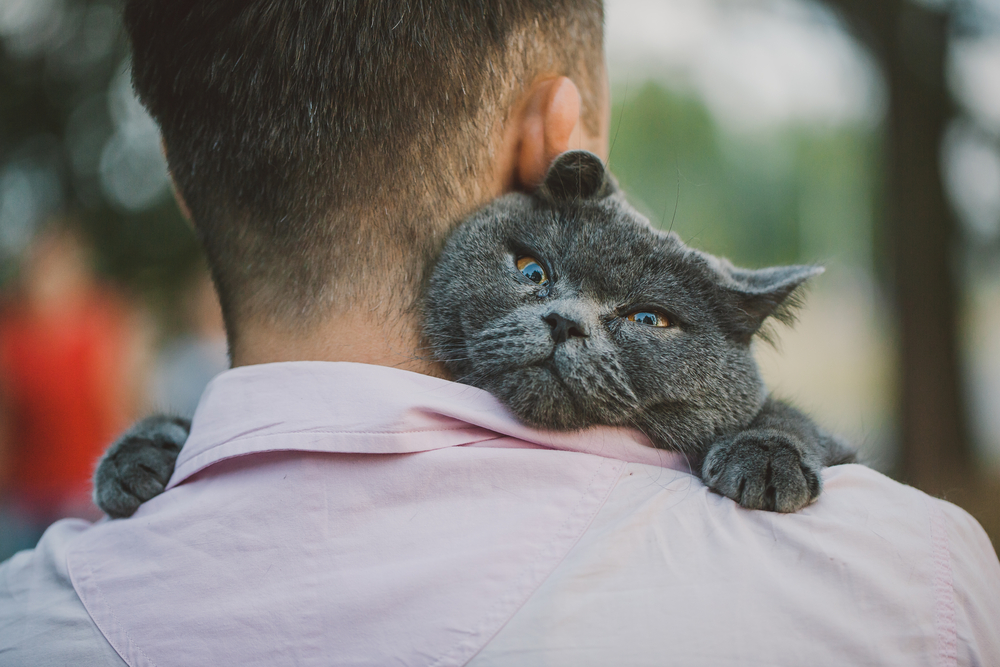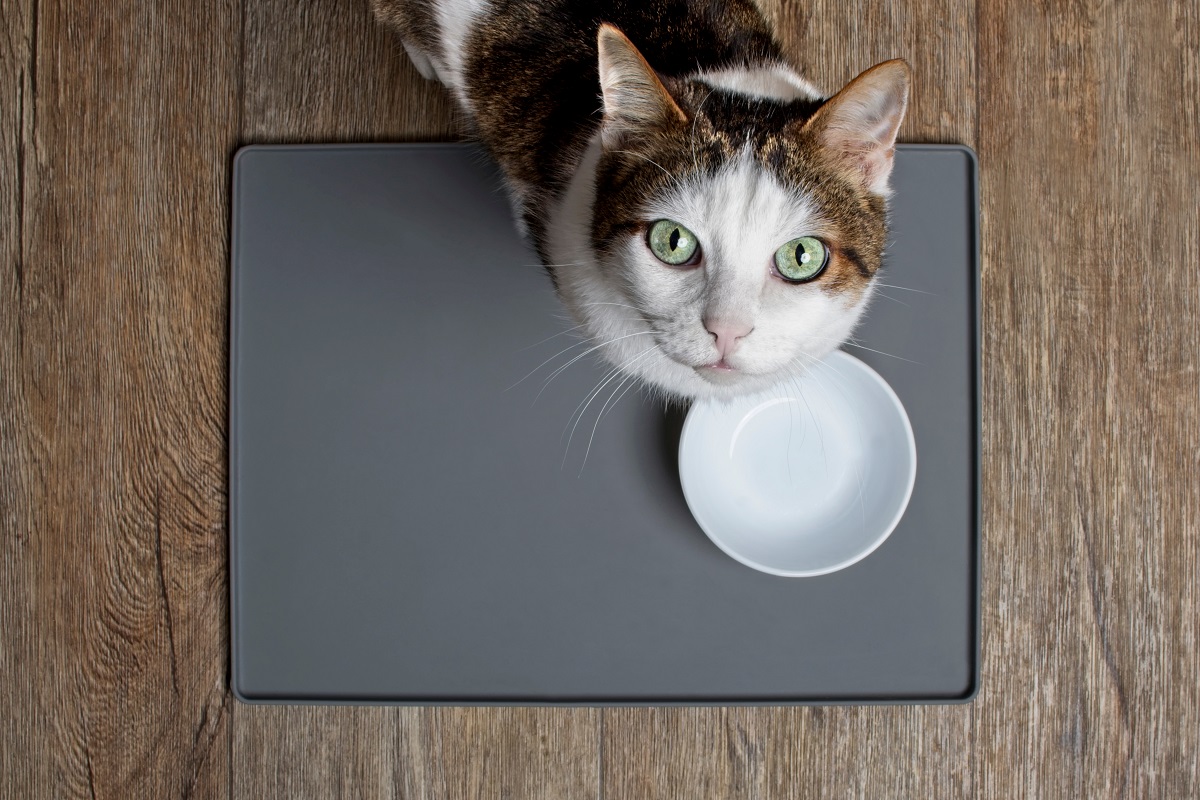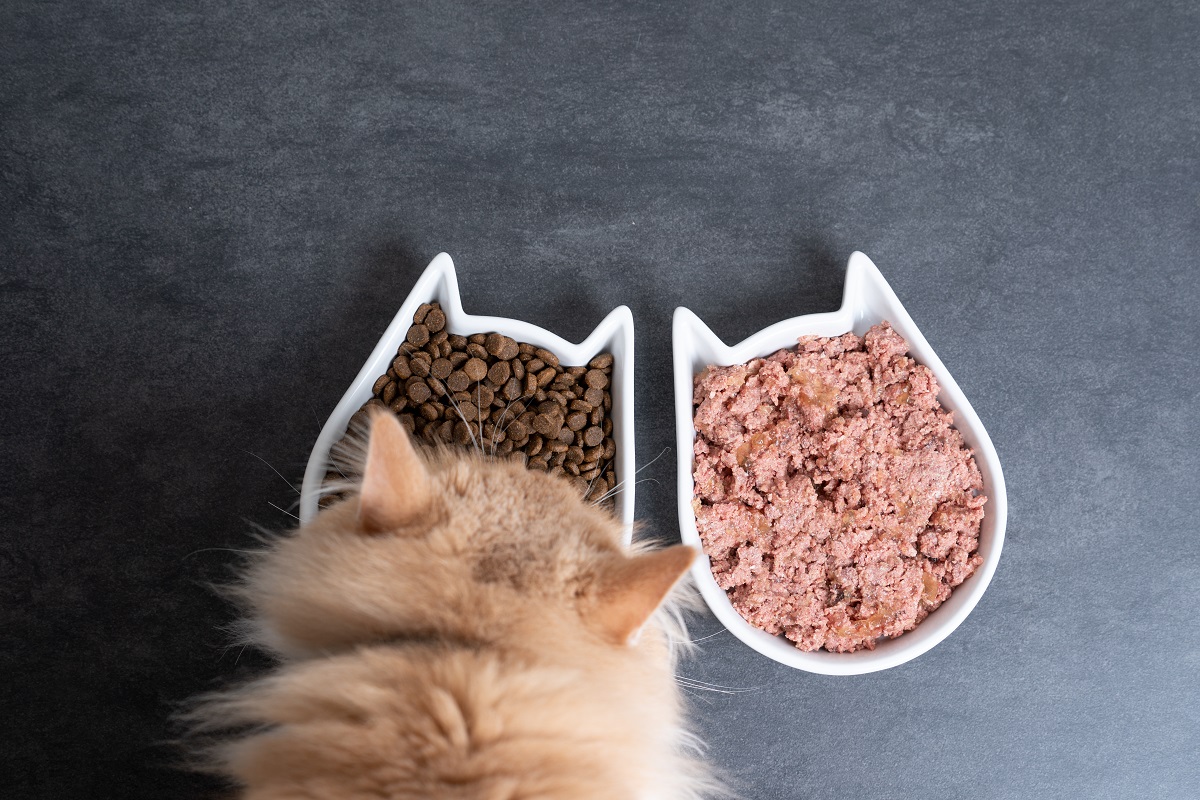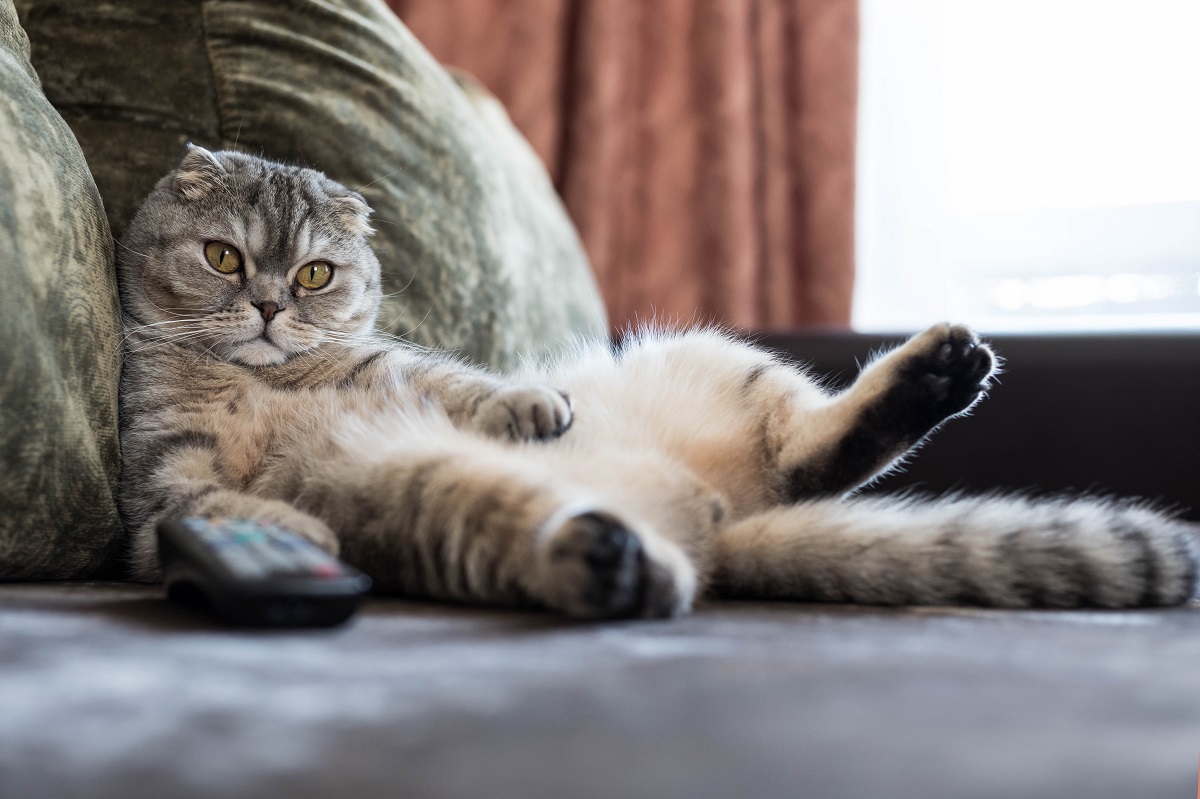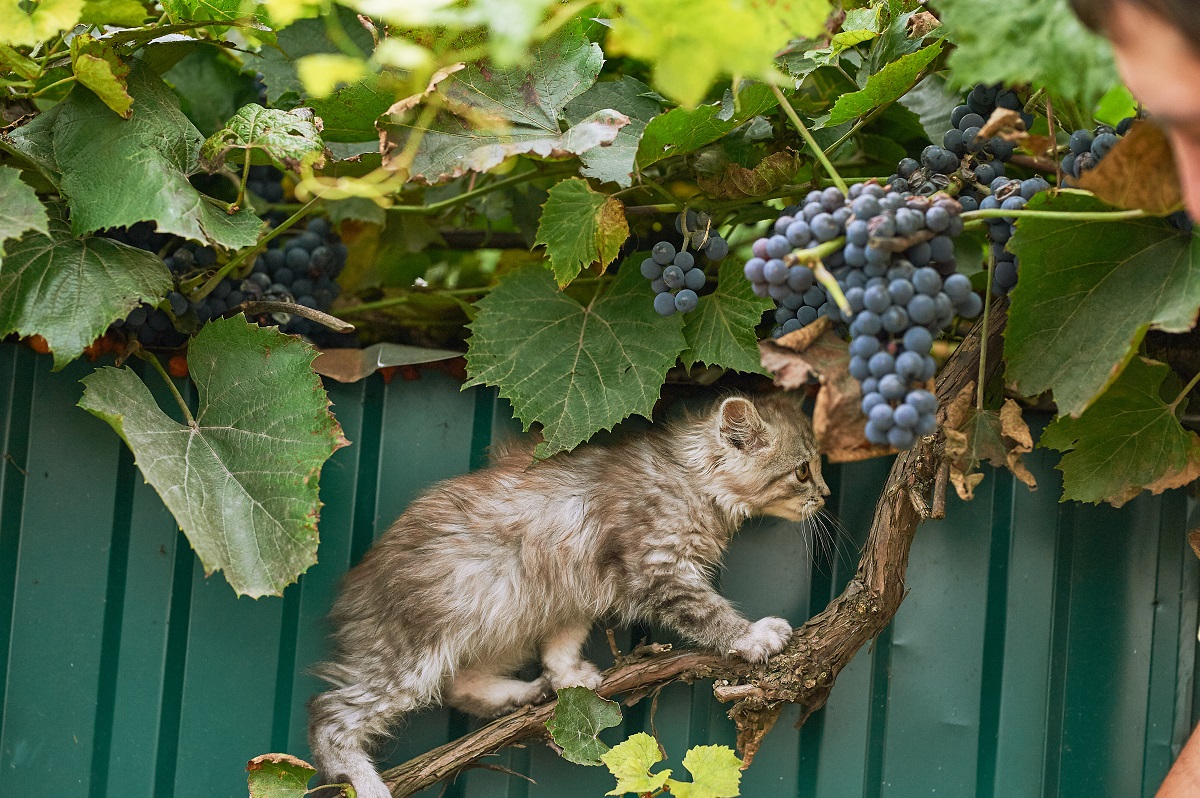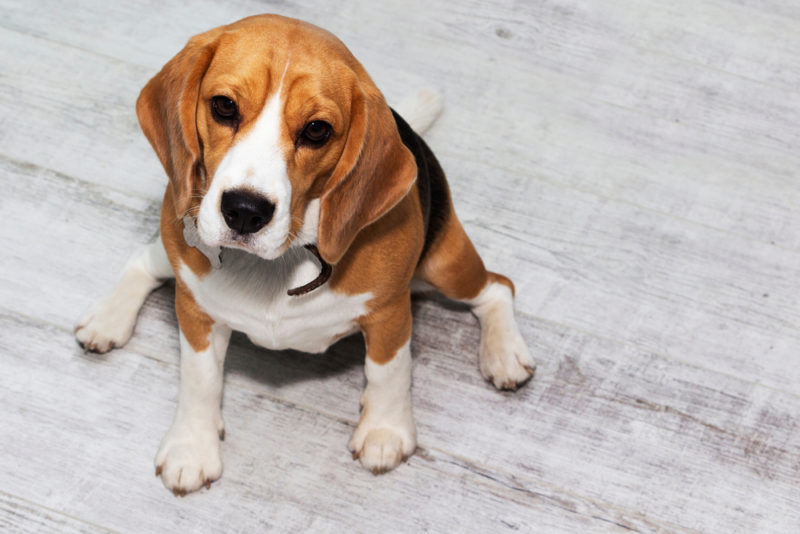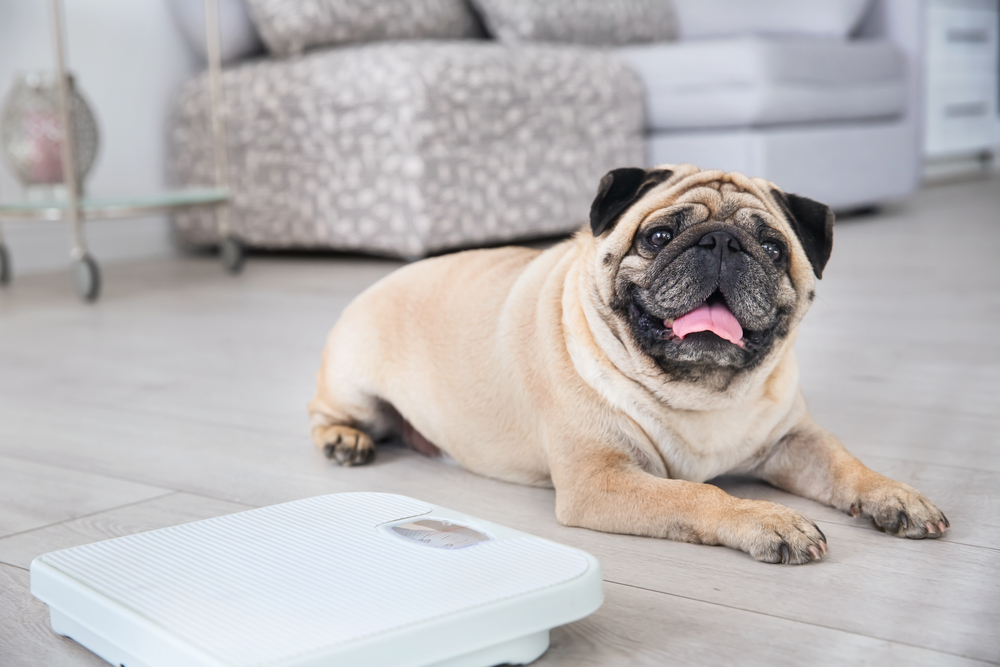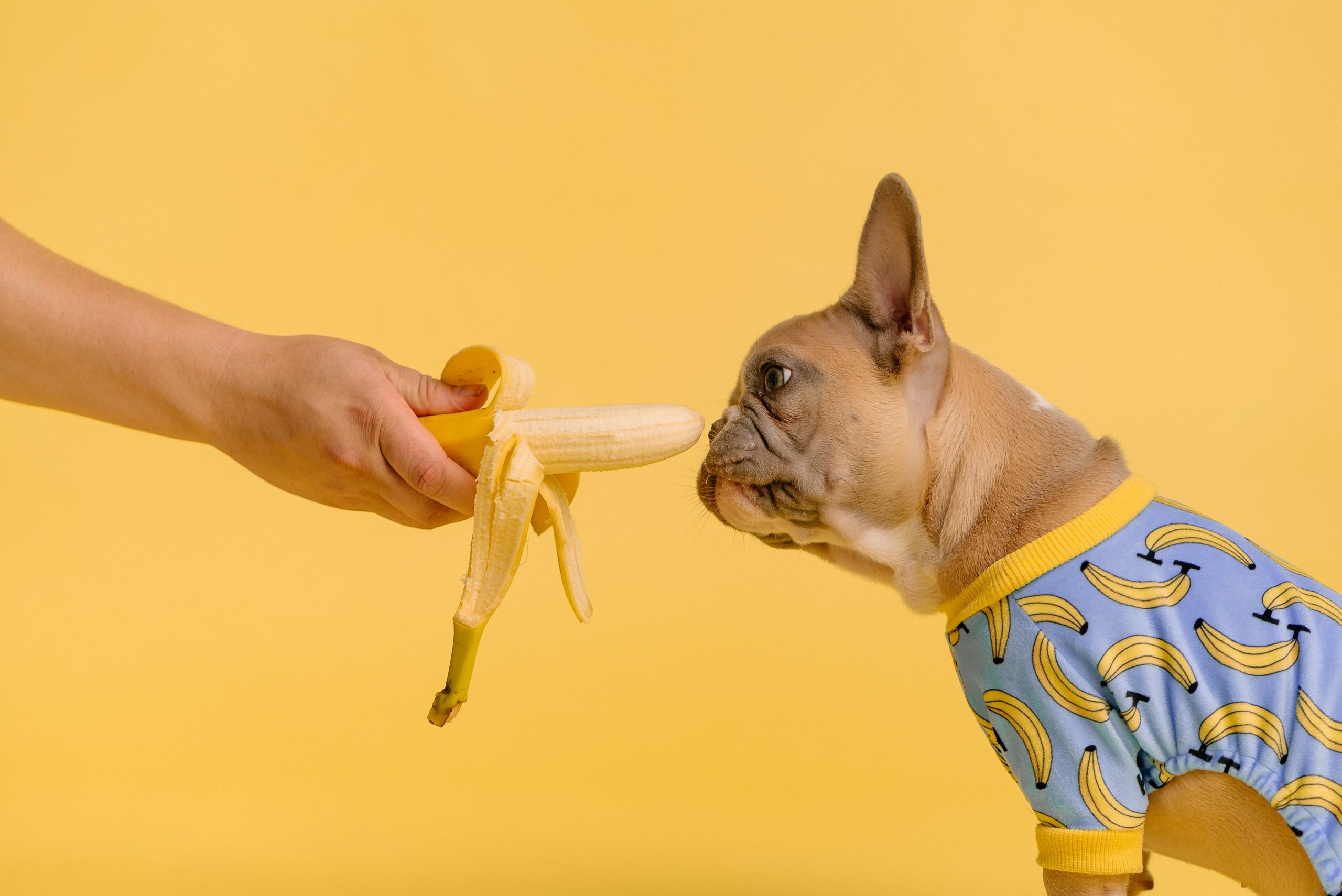When it comes to dogs and cavities, there is good news and not-so-good news; the good news is, dogs do not get cavities in their teeth nearly as often as people do! The not-so-good news is that dogs DO get gingivitis and dental disease very commonly!
Anyone who has spent time around dogs is probably familiar with a little “doggy breath,” or maybe even had the displeasure of sensing some gag-inducing “trench mouth.” Dogs are such food-motivated creatures that, while we may wonder “why does my dog’s breath smell so bad?” we often don’t stop to think about what is going on inside of their mouths to make the myriad of bad breath odors. Especially, when they seem to be eating happily and acting like their normal carefree selves!
Veterinarians are very familiar with what might be lurking in your dog’s mouth and every vet appointment includes an oral exam and dental evaluation. Starting at 1-2 years of age, you can already start to see evidence of early gingivitis, plaque, and tartar buildup! Knowing what to expect and being prepared to maintain your dog’s oral health will preserve their pearly whites and spare them the pain of dental disease in dogs.
Tooth Decay and Cavities are Rare in Dogs
While it is possible for dogs to have cavities, it is not a common problem. Taking a glance at the shape and position of a dog’s teeth gives you a bit of a hint as to why: their teeth are tall and pointy, not flat for grinding like human molars are. Due to this tooth architecture, there is less of a chance for bacteria to settle in crevices and start to erode the flat surface of the tooth, as it does in human teeth. Also, dietary differences between humans and dogs have a great effect on the type of tooth problems that result. Humans eat sugars that, when combined with oral bacteria, will form an acid that eats a hole in the enamel of the tooth leading to a cavity. Dogs luckily do not consume many carbs or sugary foods, so this process does not happen as often as it does in people. Some dogs are genetically more predisposed to developing cavities, but other problems with the teeth and gums are far more common in dogs.
Gum Disease and Fractured Teeth
Just because dogs are less prone to getting a dental cavity as compared to humans, this does not mean that daily oral upkeep and annual dental cleanings are not vital to their long-term health! It is estimated that 2/3 of dogs over the age of 3 years have some degree of periodontal disease (disease of the tissues surrounding the teeth).
In a dog’s mouth saliva, bacteria, and food particles mix to form a biofilm called plaque which settles in the many nooks and crannies. Plaque clings to the tooth surfaces and in the small spaces below the gumline where it begins to wage war on the healthy tooth structures. While plaque is basically invisible, it will eventually thicken and mineralize into tartar (also called calculus) which is the yellowish covering that you can actually see on the surface of the teeth. Over time, the presence of plaque and harmful bacteria will cause inflammation in the gingiva (gums) which then spreads down to the tooth socket and eats away at the bone that holds the teeth in place. Since this all occurs under the gumline, it is very hard to see, and happens without us even knowing! Sometimes all that a pet parent might notice is some stinky breath and a loose tooth and by then severe and irreversible damage has been done. Oral issues can become so severe that bacteria and infections in the mouth can spread through the bloodstream to internal organs as well, like the heart, kidneys, and liver.
Tooth fractures are also extremely common in dogs. Chewing on kennels and fences, and gnawing on hard items like Nylabones, antlers, hooves, ice cubes, bones, and other non-bendy chews and toys can break teeth and are not recommended. A general rule of thumb is that if a toy is too hard to flex with your hands, it is hard enough to break your dog’s tooth. All tooth fractures should be evaluated by your family veterinarian, as they can pose tooth pain for your pup and potential infection.
Tooth root and bone infections can occur in broken teeth because the center of each tooth has a canal that contains the blood supply and nerve, also known as the “pulp”. If the tooth is broken in a way that exposes this canal, there is now a highway for the bacteria in the mouth to travel down deep into the tooth root and bone and start an infection. Broken teeth and tooth root infections are very common and need to be resolved either with a tooth extraction or a root canal in order to salvage the health of the bone, as well as treat the pain that the dog is feeling. He may still be eating and feeling fine outwardly since his instincts tell him to do so, but research has proven that dogs do indeed feel the pain of a tooth root abscess just like humans do. To avoid infection, bone loss, tooth loss, and pain, prompt and appropriate treatment is vital.
Identifying and Addressing Teeth Problems in Dogs
Dogs are very good at hiding any oral and dental issues … instinctually they are programmed to just keep eating. Their lips and hair around their mouths also often obscure anything that we might be able to visually identify as abnormal, and their teeth extend deep into their mouths. When a veterinarian performs an oral exam during an appointment for an awake dog, even they are limited as to what can be seen! Some dogs stand very quietly and allow their lips to be lifted and mouths to be opened widely, others do not like it at all and clamp down, open quickly for a split-second look, or do not like us to go near their mouths at all! This is why it is necessary to perform a dental cleaning and anesthetize dogs for a full dental examination; complete with x-rays, gingival probing, scaling, and polishing!
Removing plaque and tartar, identifying any problems that are beyond repair or in need of further treatment are important procedures that need to be performed every year. Annual dental cleanings plus learning how to clean your dog’s teeth at home are the most effective ways to ensure that your dog’s oral health is preserved for the length of his life and to prevent any unnecessary pain or health issues.
What about “anesthesia-free” dental care cleanings offered at groomers and pet stores? As you now know after reading about some of the complicated problems that occur inside of a dog’s mouth, it is clear that the best way to fully evaluate the issues that exist is to have a nice relaxed anesthetized dog so they are not stressed and struggling. Only then can the full mouth and all sides of the teeth truly be examined, all issues with the disease-causing plaque above and below the gumline addressed, and infections detected and treated appropriately. Anything less, and you are just removing some of the superficial yellow stuff but leaving behind the issues that will continue to wreak havoc on those sensitive tooth structures. In fact, non-anesthetic dentistry for pets has been outlawed in Canada as a deceptive business practice–since it is considered a cosmetic procedure only and does not do anything to help the dog’s overall health.
Keep Up the Daily Home Routine and Annual Dental Examinations
And to end with some good news – your dog does not have to be condemned to a life of suffering the consequences of plaque and gum disease! With a daily oral home care routine (tooth brushing and water additives), serving up approved and recommended dental chews to help massage those teeth and gums, and keeping up with annual exams and dental cleanings with your veterinarian, gum disease can be minimized and your dog has a better chance of keeping all of his teeth free from pain! A little upkeep goes a long way!
Our AskVet Veterinarians are available to discuss all of your pet’s needs 24 hours a day, 7 days a week. Whether you have an immediate need or are looking to improve your pet’s overall wellbeing, just sign into your account and one of our friendly and knowledgeable veterinary experts will attend to your needs, no appointment required!
Written by:
Alexa Waltz, DVM
Dr. Waltz was raised near the beaches of Southern California but has spent her adult life living all over the beautiful United States while serving in the military and as a military spouse. She left California for the first time to pursue a career as a veterinarian at Louisiana State University School of Veterinary Medicine and graduated as a Doctor of Veterinary Medicine in 2006. She was accepted into the US Army Health Professionals Scholarship Program during vet school and upon graduation spent her military years as a veterinarian in San Diego working for the US Marine Corps and US Navy Military Working Dog programs as well as caring for pets of service members. After her military service, she became a civilian veterinarian and continued as a small animal general practitioner at clinics in California, Rhode Island, Colorado, and Maryland. Dr Waltz loves to see her “in person” patients just as much as communicating with and assisting pet parents virtually on AskVet. Dr Waltz is also a Mom to 3 humans, 2 guinea pigs, and 1 Australian Shepherd and in her spare time she loves traveling, adventures, exercising, and doing just about anything out in nature!

